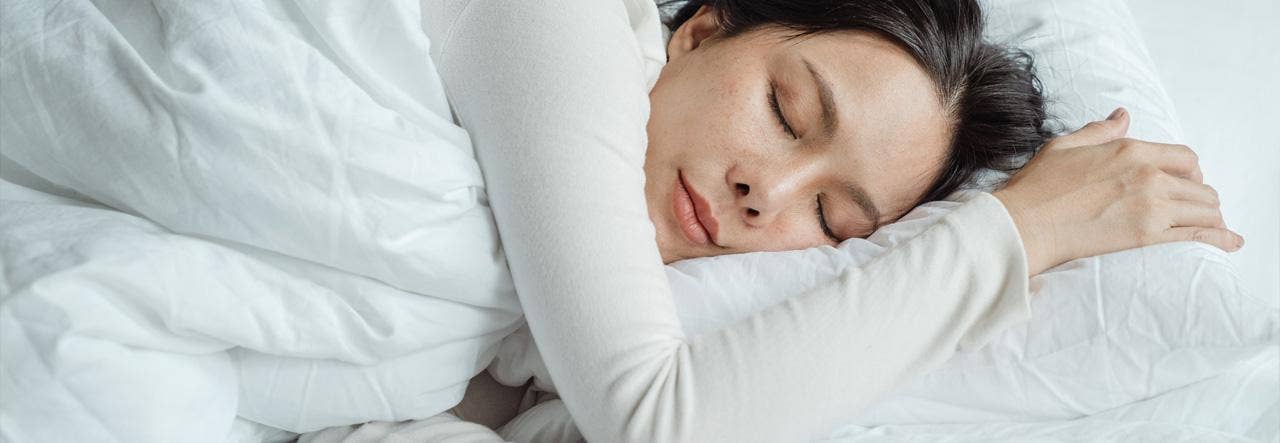Don’t reach for that coffee pot quite yet. Taking a brief power nap might just prove to be the exact recharge you need—but only if you get it right.
According to researchers, there is a special art to napping that not many people realize.
Several sleep studies have pinpointed benefits—and detriments—to a nap's duration, timing, and even effect on different people, depending on one's age and possibly genetics.
Taking a nap during the day can actually complicate other processes in the body if it lasts for too long or isn’t long enough.
Experts say a 10-to-20-minute nap, known as a “power nap” to many, is adequate for a quick boost of energy. If a nap goes for 60 minutes or more, your mind will have more time for cognitive memory processing and slow-wave sleep, but you’ll be much more likely to wake up feeling groggy—rather than refreshed.
So, what’s the ideal length of time for a good power nap?
In a study by the journal, Sleep, published in 2006, researchers compared naps ranging from 30 seconds to 30 minutes, testing 24 nap participants at each of the different intervals. After finishing each nap, the individuals engaged in several mental-processing tasks.
The study found that the 10-minute nap was overall the most effective afternoon nap duration. The 10-minute nap produced immediate improvements in all outcome measures (including sleep latency, subjective sleepiness, fatigue, vigor, and cognitive performance), with some of these benefits lasting for as long as 155 minutes.
By comparison, the 20-minute nap was associated with improvements emerging 35 minutes after napping and lasting up to 125 minutes after napping.
The 30-minute nap produced a period of impaired alertness and performance immediately after napping, indicative of sleep inertia, followed by improvements lasting up to 155 minutes after the nap.
From this study, the benefits of the 10-minute nap are clear. Not only is this brief amount of time enough to minimize sleepiness and fatigue, but it allows for immediate improvements in vigor and mental performance for nearly 2.5 hours.
Tips to make napping easy
At a time when roughly one-third of people are not getting enough sleep, adding in a nap to your daily routine will likely make for a more functional, energized day.
If you’ve found it challenging to take naps in the past, you might feel a little reluctant to unplug in the middle of the day and try to power nap. By following these quick and easy tips, you can catch a quick snooze when you need it most:
- Block out the light -- Make sure the room you’re napping in is as dark as possible. A dark room will help you fall asleep faster and stay asleep for the full duration you’re allotting.
- Be consistent -- Try to set a regular nap schedule. This will help to train your body to be ready for a nap around the same time each day.
- Use music -- Listening to a calming relaxation playlist as you prepare to nap will signal to your mind that it’s time to rest.
- Unplug from all electronics -- Besides turning on your playlist, it’s key to unplug from all other electronics that may distract you from napping, including your phone, computer, or any other tablet.
Mastering the art of napping can give a whole new meaning to feeling rested during the day.
Creating the perfect nap environment starts with your mattress, and luckily Naturepedic’s organic mattresses offer a range of styles to suit your ideal comfort level.
Our EOS (Ergonomic Organic Sleep) series is known to offer unrivalled postural support, naturally contouring to your body while you nap. Learn more about our organic EOS mattresses.
 BABY
BABY  KIDS
KIDS  ADULT
ADULT  LEARN
LEARN  STORES
STORES 